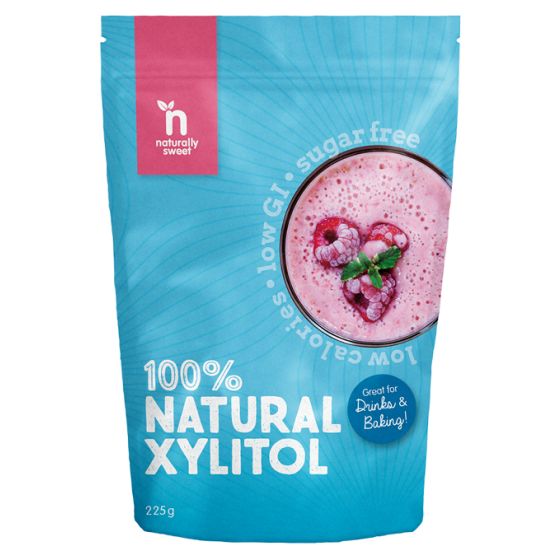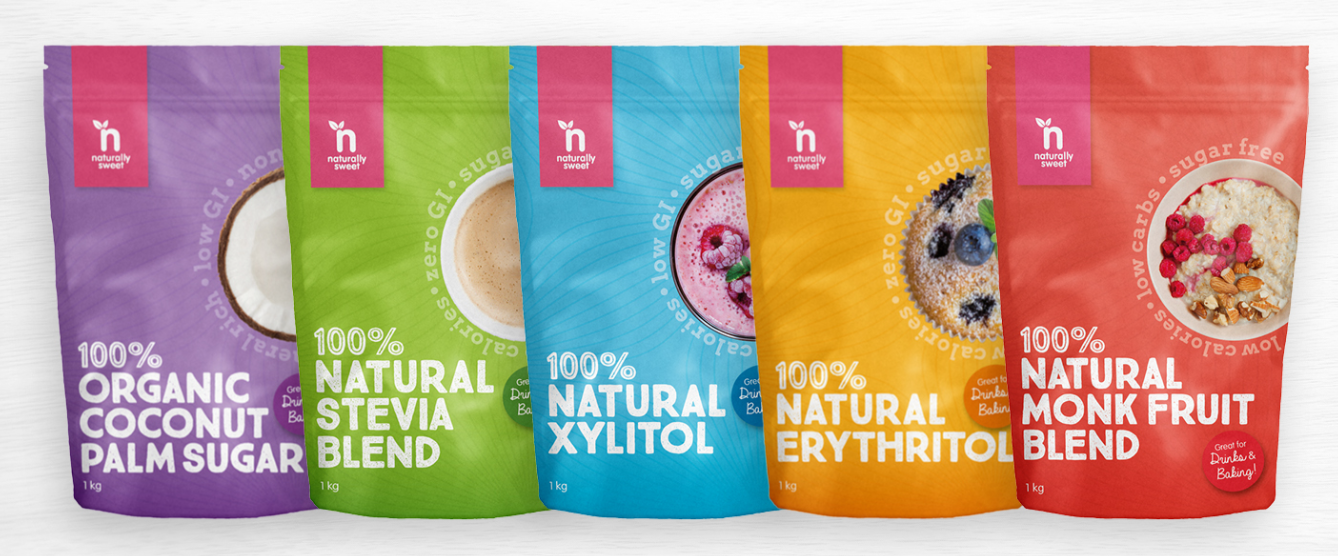10 products
-
 Naturally Sweet Xylitol Icing Sugar 500g PouchNaturally Sweet Xylitol Icing Sugar 500g Pouch
Naturally Sweet Xylitol Icing Sugar 500g PouchNaturally Sweet Xylitol Icing Sugar 500g Pouch- Regular price
-
$18.95 - Regular price
-
RRP:
$19.95 - Sale price
-
$18.95
-
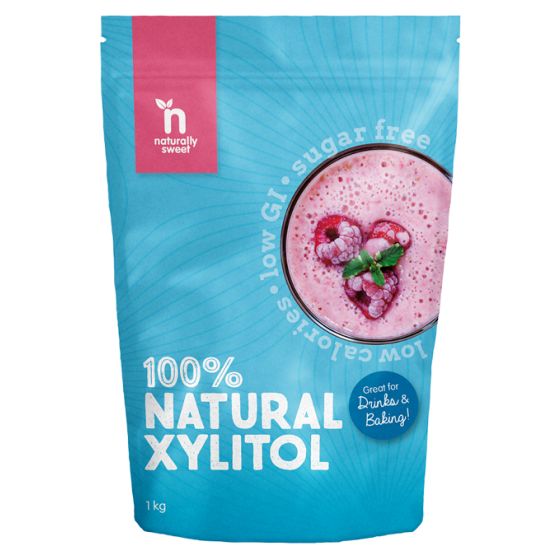 Naturally Sweet Xylitol 1000g PouchNaturally Sweet Xylitol 1000g Pouch
Naturally Sweet Xylitol 1000g PouchNaturally Sweet Xylitol 1000g Pouch- Regular price
-
$23.95 - Regular price
-
RRP:
$27.95 - Sale price
-
$23.95
-
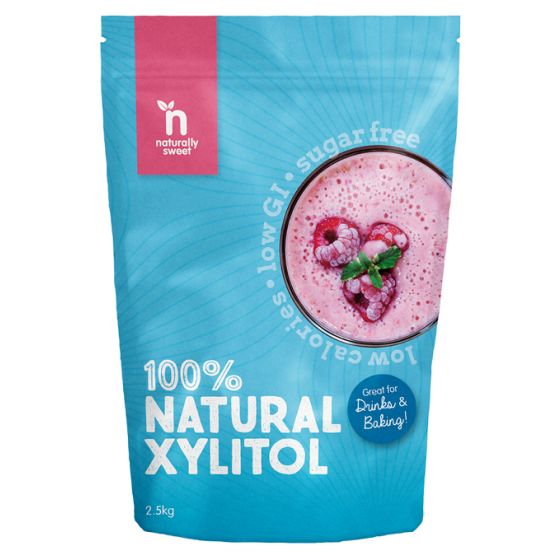 Naturally Sweet Xylitol 2500g PouchNaturally Sweet Xylitol 2500g Pouch
Naturally Sweet Xylitol 2500g PouchNaturally Sweet Xylitol 2500g Pouch- Regular price
-
$49.95 - Regular price
-
RRP:
$59.95 - Sale price
-
$49.95
-
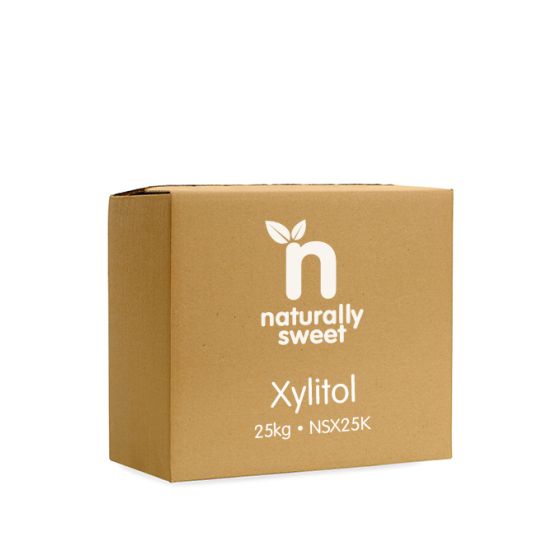 Naturally Sweet Xylitol 25Kg BulkNaturally Sweet Xylitol 25Kg Bulk
Naturally Sweet Xylitol 25Kg BulkNaturally Sweet Xylitol 25Kg Bulk- Regular price
-
$299.95 - Regular price
-
RRP:
$328.25 - Sale price
-
$299.95
-
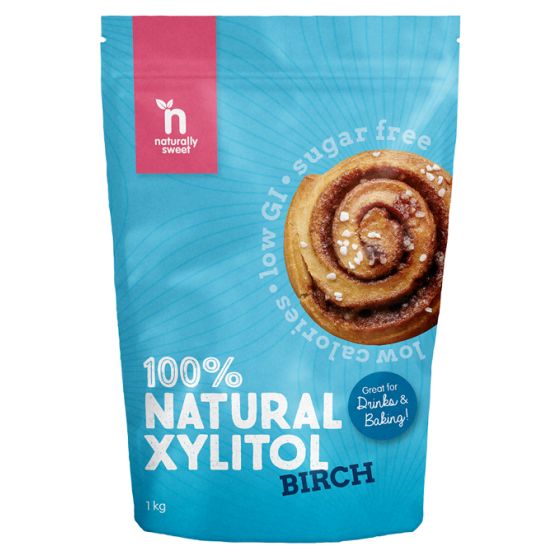 Naturally Sweet Birch Xylitol 1000g PouchNaturally Sweet Birch Xylitol 1000g Pouch
Naturally Sweet Birch Xylitol 1000g PouchNaturally Sweet Birch Xylitol 1000g Pouch- Regular price
-
$32.95 - Regular price
-
RRP:
$41.95 - Sale price
-
$32.95
-
 Naturally Sweet Birch Xylitol 2500g PouchNaturally Sweet Birch Xylitol 2500g Pouch
Naturally Sweet Birch Xylitol 2500g PouchNaturally Sweet Birch Xylitol 2500g Pouch- Regular price
-
$67.95 - Regular price
-
RRP:
$76.95 - Sale price
-
$67.95
-
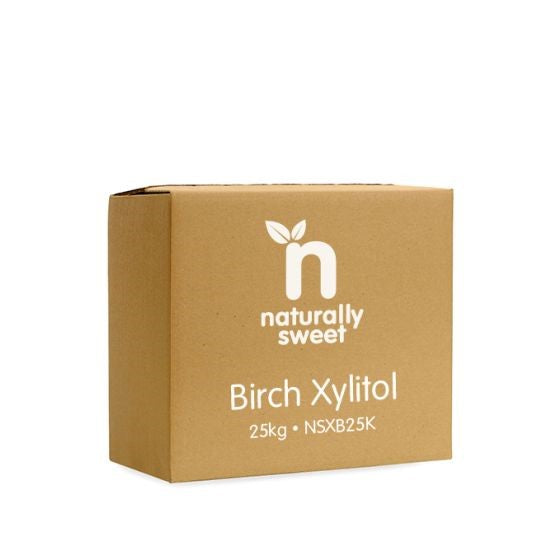 Naturally Sweet Birch Xylitol 25Kg BulkNaturally Sweet Birch Xylitol 25Kg Bulk
Naturally Sweet Birch Xylitol 25Kg BulkNaturally Sweet Birch Xylitol 25Kg Bulk- Regular price
-
$429.00 - Regular price
-
RRP:
$449.95 - Sale price
-
$429.00
-
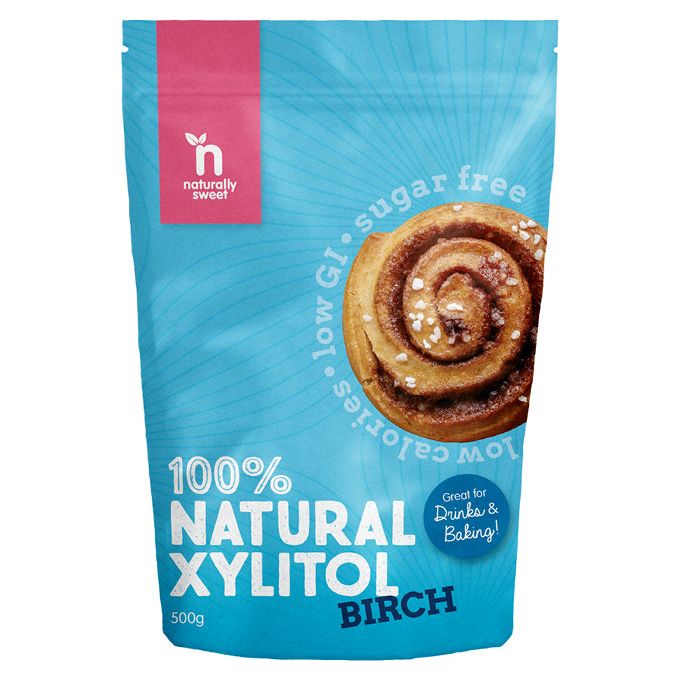 Naturally Sweet Birch Xylitol 500g PouchNaturally Sweet Birch Xylitol 500g Pouch
Naturally Sweet Birch Xylitol 500g PouchNaturally Sweet Birch Xylitol 500g Pouch- Regular price
-
$23.95 - Regular price
-
RRP:
$24.95 - Sale price
-
$23.95


